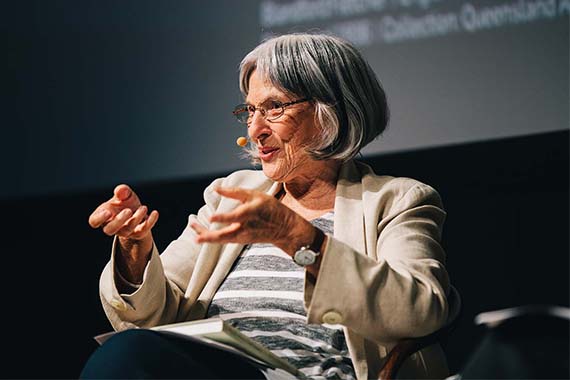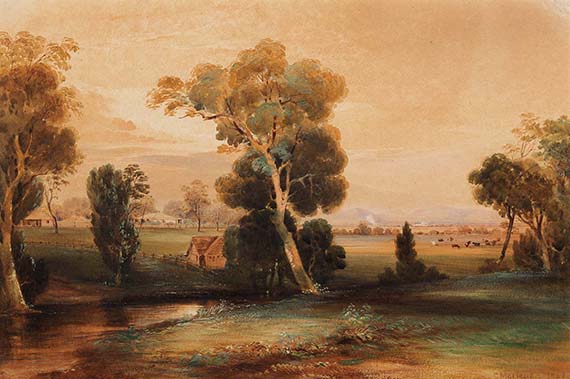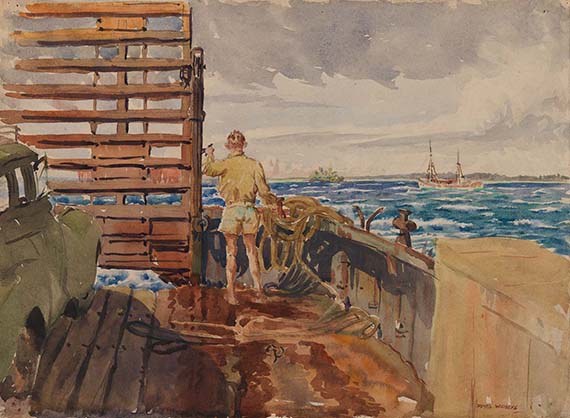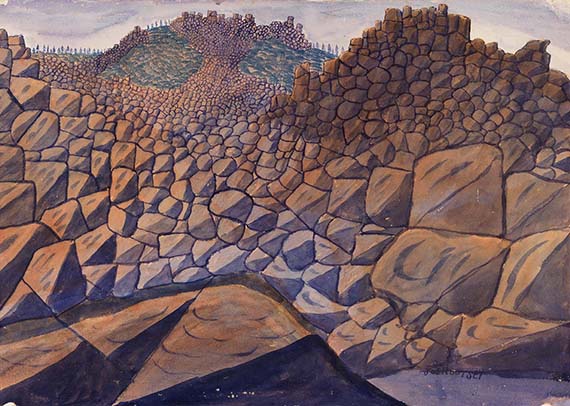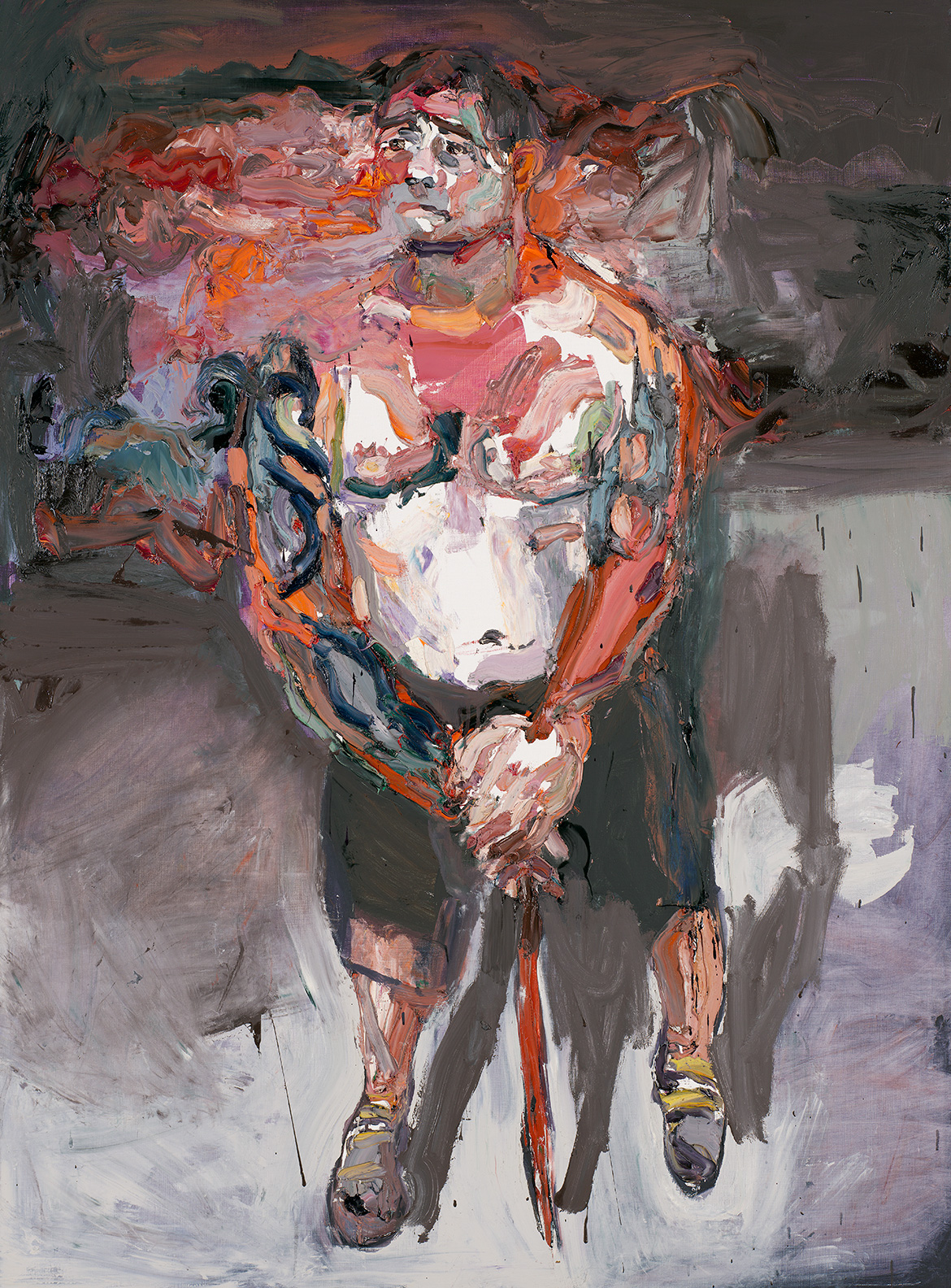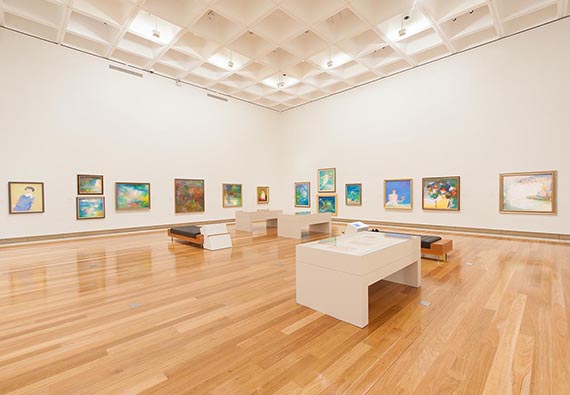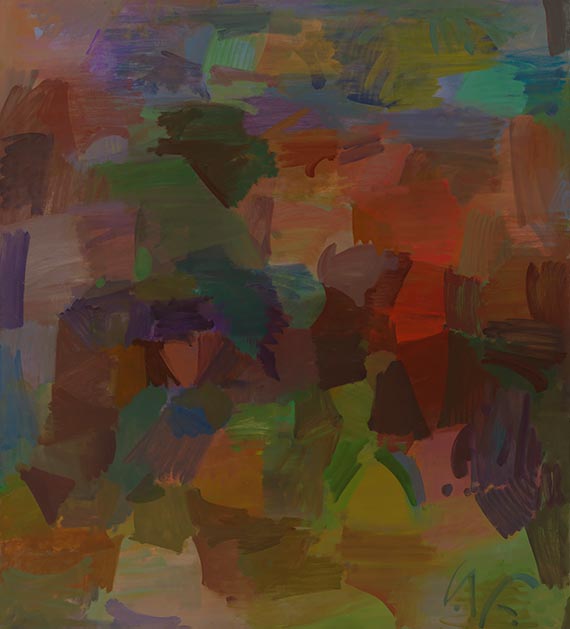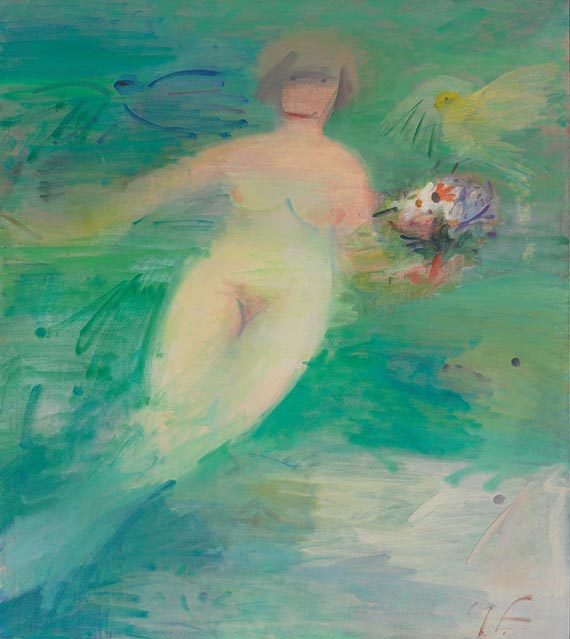In late August, Australia and particularly Australian art lost a national force for good. Gordon Darling AC CMG was a towering philanthropist, a determined and pioneering chairman of national arts organisations, an astute advocate for development of the arts, and an assiduous collector and generous donor. The breadth and vision of Gordon’s passion and generosity touched this Gallery, as it did cultural institutions large and small right across the country.
As well as creating the Gordon Darling Foundation to support innovative, accessible projects at public visual arts institutions, Gordon, with his wife Marilyn, was the driving force behind the establishment of the National Portrait Gallery. The highly strategic convening of the touring exhibition ‘Uncommon Australians: Towards an Australian Portrait Gallery’ in 1992, which drew from collections private and public, including ours, and visited the Queensland Art Gallery (QAG) later that same year, was one of his masterstrokes. Intended to ‘whet the appetite and suggest the scope and variety that an Australian Portrait Gallery would encompass’, it ultimately proved successful, with the establishment of the NPG as institution in its own right in the late 1990s.
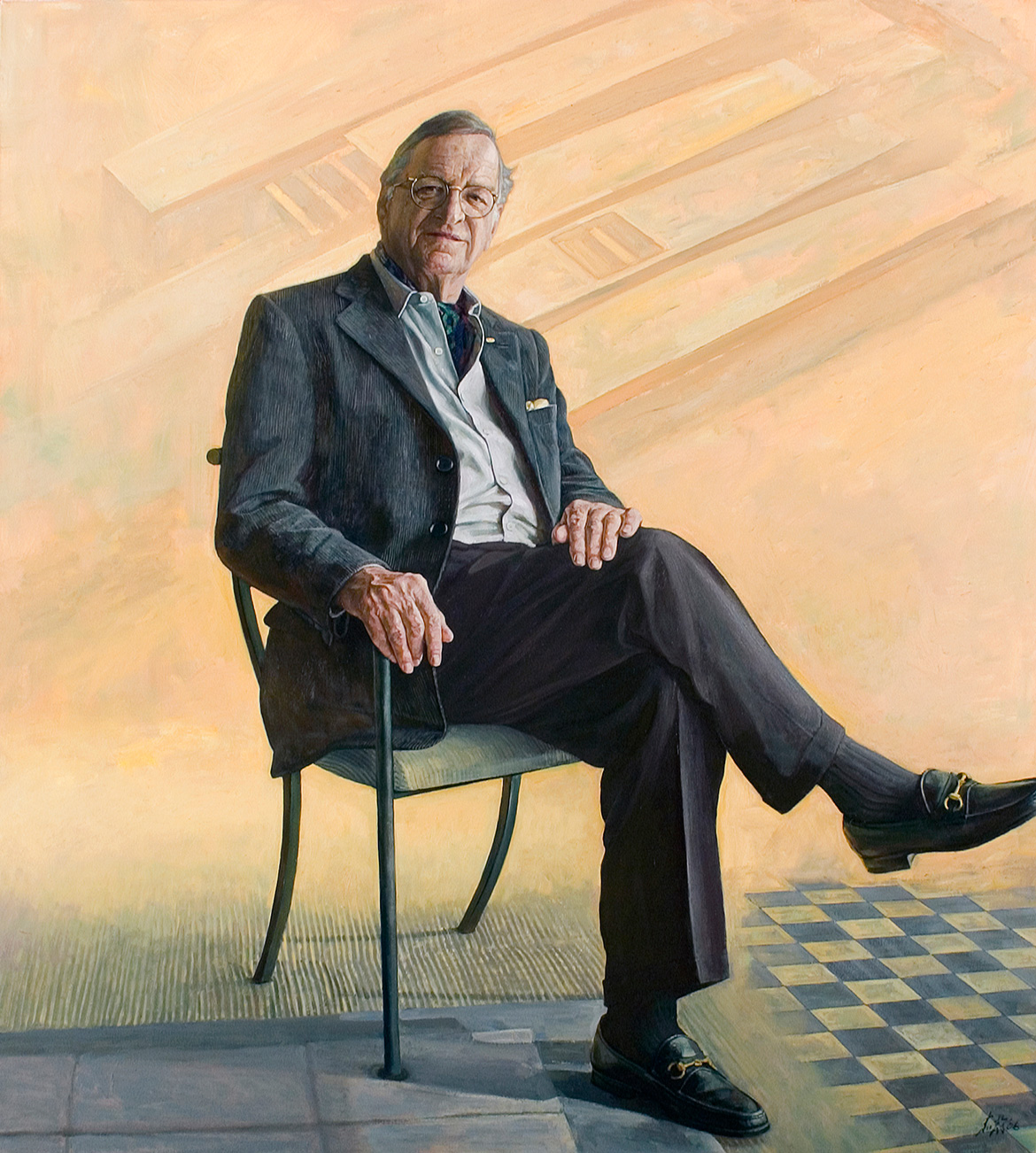
This is just the most prominent example of Gordon’s carefully considered involvement and personal investment in the visual arts. His Foundation’s support for exhibitions, publications, scholarship and professional development mark him as a philanthropist who deeply understood the working life of the art museum. The Museum Leadership Program, presented in partnership with Museums Australia, has been a valuable testing ground for many Gallery staff, myself included, while others have benefited from professional experience in research and development travel funded by the Foundation. Indeed, the breadth of the Foundation’s support to the regions was seen just recently in Queensland with the publication of two major catalogues from the Perc Tucker Regional Gallery in Townsville.
Gordon was inaugural chairman of the National Gallery of Australia from 1982 to 1986, a serious art collector with a particular passion for the Hermannsburg School, and a deeply personable individual. During World War Two, Darling spent time in Papua New Guinea, a place he retained a strong affection for.
Gordon Darling was a man of remarkable energy and drive who, with his wife and the board of the Gordon Darling Foundation, worked tirelessly in support of the visual arts sector. His focus and his philanthropic accomplishments were never far removed from artists and from the work of art institutions. In losing him we have lost a truly great Australian.
Subscribe to YouTube to go behind-the-scenes / Hear artists tell their stories / Read about your Collection
#QAGOMA
